How to protect indoor air quality from smoke during wildfires in homes with HVAC?
As we move towards summer in Canada and the USA, we're hoping that last years wildfires are not going to be as bad again this year - but unfortunately in areas like Calgary and the North East of the USA, there have already been air quality warnings issued as over 24 wildfires rage across Alberta, and currently, there are more than 568 fires active overall in Canada, 281 of which are classified as 'out of control' according to the Canadian Agency Forest Fire Centre (July 1st 2023). This is why we thought an article would be useful exploring how to optimize air quality inside homes when the air outside is heavy with smoke from wildfires. Smoke sucks.
According to the US Environmental Protection Agency, indoor air can be 2 to 5 times more polluted than outdoor air under normal conditions. Since outdoor air is usually cleaner, ventilation systems and especially HRV's and ERV's can reduce indoor pollutant levels by constantly changing the air in a building. However, this approach does not work when there is a wildfire in the area, since large amounts of harmful substances are released into the air. Additional measures are needed to conserve indoor air quality during wildfires.
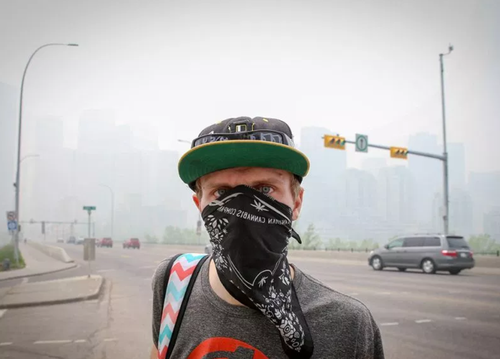
Outdoor air becomes very polluted during wildfires, and keeping it outside should be the main priority. This can be achieved with an airtight building envelope, and by closing the intake dampers of ventilation systems. Since indoor air cannot be replaced easily under these conditions, internal sources of air pollution must be avoided as well. Ventilation systems and HRV / ERV systems should be equipped with suitable filters, and a portable air cleaner is also recommended.
Particulate matter is one of the main hazards released into the air during wildfires. When it's smoky, particles with a diameter below 10 microns (PM10) can irritate the eyes and respiratory system. Fine particles below 2.5 microns (PM2.5) are even more dangerous, since they can infiltrate the lungs and reach the bloodstream.
- Long-term exposure to PM2.5 has been associated with respiratory and cardiac issues.
- When patients who already have respiratory or cardiac conditions are exposed to PM, their symptoms can worsen. For example, asthma patients may suffer flare-ups.
According to Lawrence Berkeley National Laboratory, outdoor particle levels increase twice as much as indoor levels during a smoky wildfire. To minimize exposure, staying indoors as much as possible is recommended. If building occupants must go outdoors for any reason, the US EPA recommends an N95 or P100 respirator mask with a NIOSH label. Cloth, tissue and paper masks do not provide effective protection against wildfire smoke.
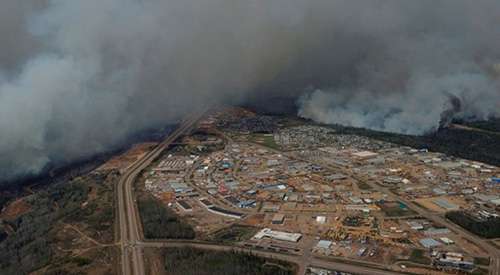
The importance of an airtight building envelope
Buildings benefit from an airtight envelope, since it allows better control over indoor air quality. Airtightness also improves energy efficiency; indoor air leaks waste cooling power during summer and heating power during winter - which is why using HRV and ERV systems is recommended to reduce energy loss whilst ventilating homes. When there are wildfires in the area though causing a smoky atmosphere, an airtight envelope also helps prevent the infiltration of smoke.
Airtightness should be a priority to preserve indoor air quality during wildfires, since air leaks reduce the effectiveness of other measures. Caulking and weatherstripping can seal air leaks in existing buildings, and airtightness can be added as a design feature in new constructions. Louvre windows or jalousie windows are notorious for their air leakage, and an upgrade is strongly recommended if a home still uses them. These windows allow smoke infiltration during a wildfire, and they waste heating and air conditioning power under normal conditions.
A/C and HRV / ERV ventilation system recommendations for wildfire smoke
The intake dampers of HVAC systems should be closed during wildfire incidents, and the equipment should be configured to only recirculate indoor air. Filtering can also help control air pollutants, but only if the filter is adequate. According to the US EPA, a HRV or ERV unit filter must have a Minimum Efficiency Reporting Value (MERV) of 13 to provide effective protection against particulate matter in the air we're going to breath inside a home or office building if it's smokey outside.
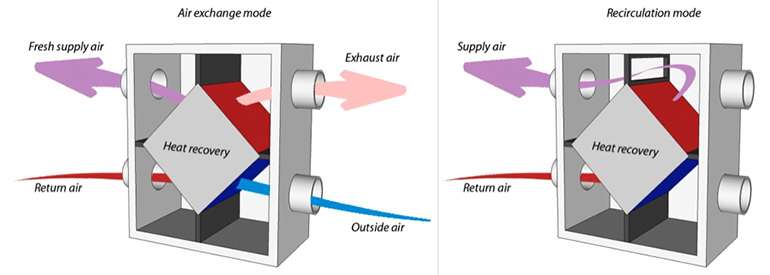
Window-type air conditioners often have air leakage issues around their edges, and they are also inefficient. Ductless split-type units are much more efficient, while having no direct connection between indoor and outdoor air. Window air conditioners should not be used during wildfires, unless their outdoor air intake can be closed.
A portable air cleaner is recommended to complement air sealing and filtering measures during a wildfire. The air cleaner should have a High Efficiency Particulate Air (HEPA) filter, which blocks 99.97% of particles with a diameter above 0.3 microns. Ozone air cleaners should be avoided:
- Ozone provides protection against solar radiation in the upper atmosphere, but is considered an air pollutant at ground level.
- Ozone irritates the respiratory system, and asthma patients can suffer flare-ups when exposed to the gas.
Conclusion for protecting against wildfire smoke in homes:
Wildfire smoke is very hazardous for health so we need to keep it out of homes & buildings as it's especially dangerous for the young and people with respiratory or cardiac conditions. The most effective line of defense against particulate matter is an airtight building envelope. The intake dampers of ventilation systems should be closed, and filters with a MERV 13 rating or higher should be used in HRV or ERV systems and central Air conditioning units. A portable air cleaner with a HEPA filter is also recommended. Read here about Habitat for Humanity building ICF homes in California wildfire zones.
To read more about ventilation in Green homes see here, or specifically everything about HRV & ERV systems see here, and to learn why it's a bad idea to put central air conditioning in modern homes with a vapor barrier, see here - from the EcoHome Green Building Guides
Whatever you do, stay safe in wildfires & try not to breath smoky air folks!
About the author:

Michael Tobias is the founder and principal of Chicago Engineers, an Inc 5000 Fastest Growing Company in America. He leads a team of 30+ mechanical, electrical, plumbing, and fire protection engineers from the company headquarters in New York City; and has led over 1,000 projects in Chicago, New York, New Jersey, Pennsylvania, Connecticut, Florida, Maryland and California, as well as Singapore and Malaysia.
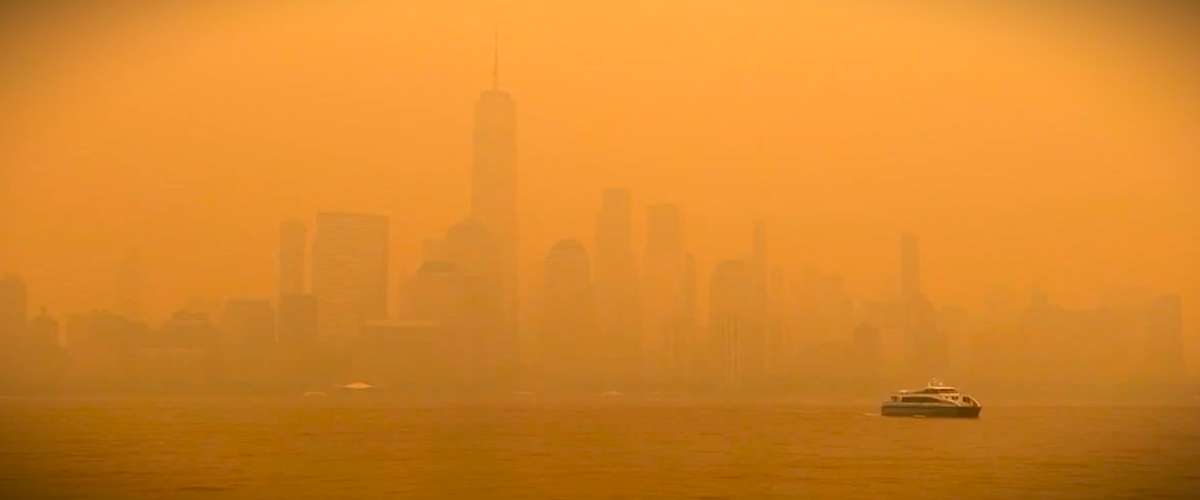














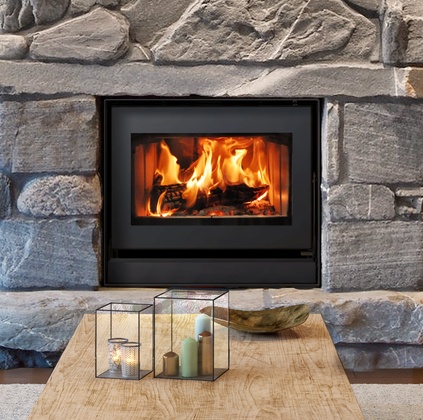

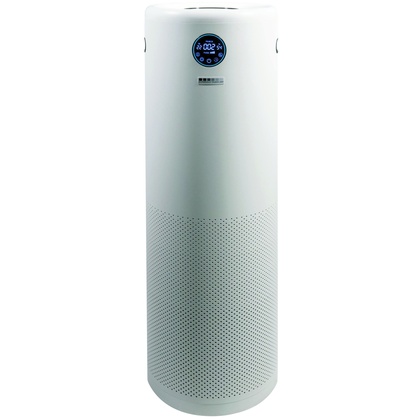

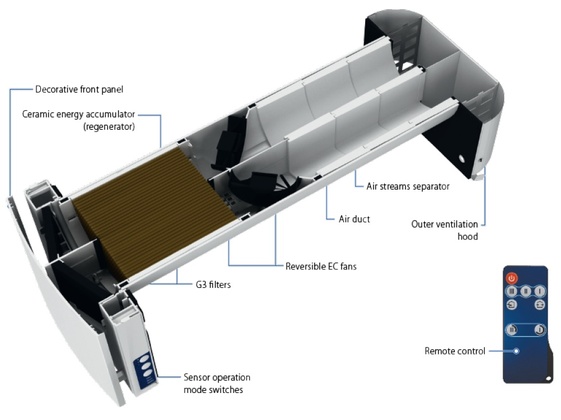

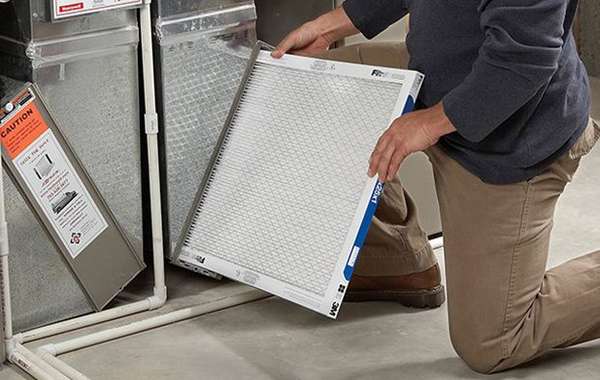
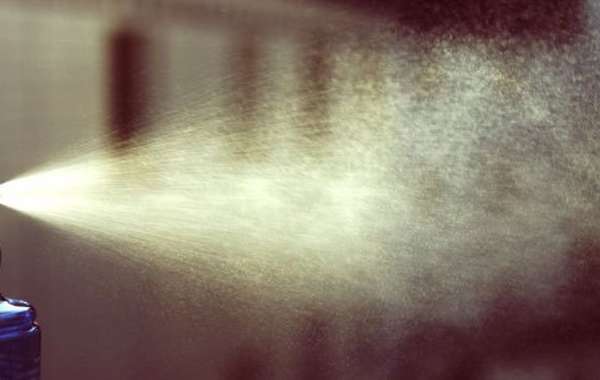
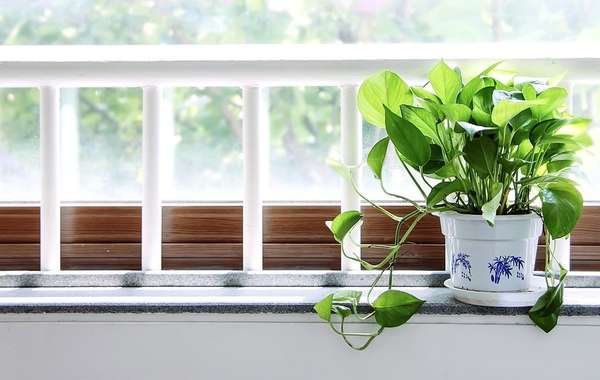
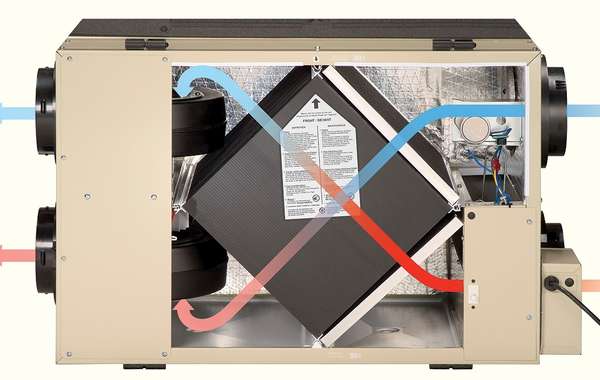
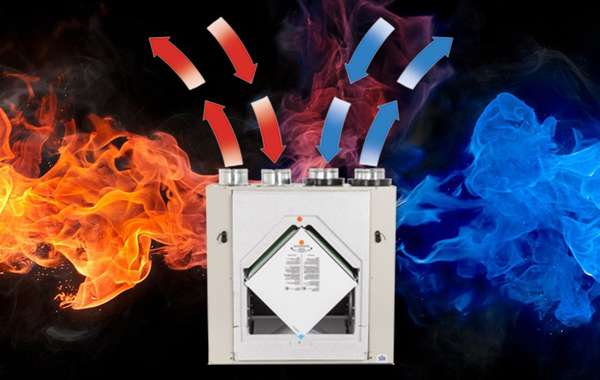
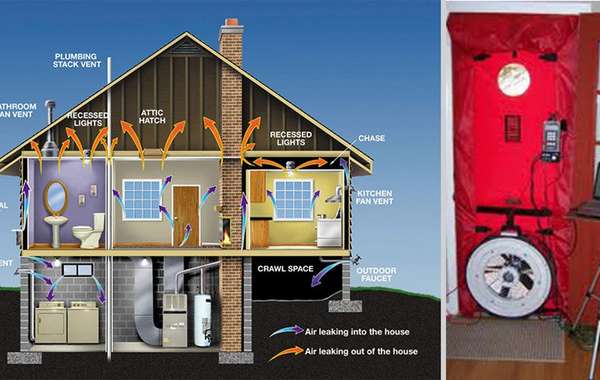
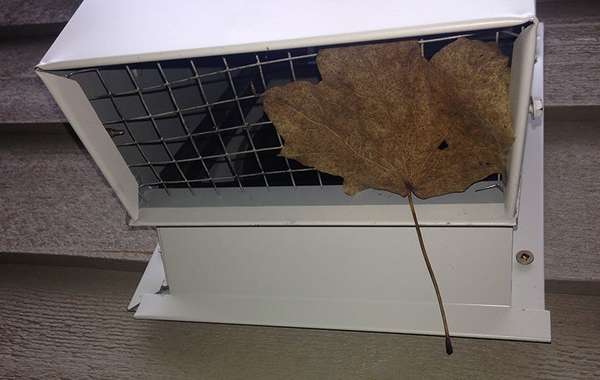
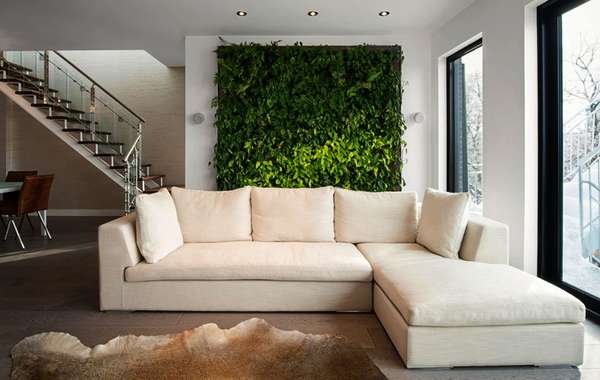
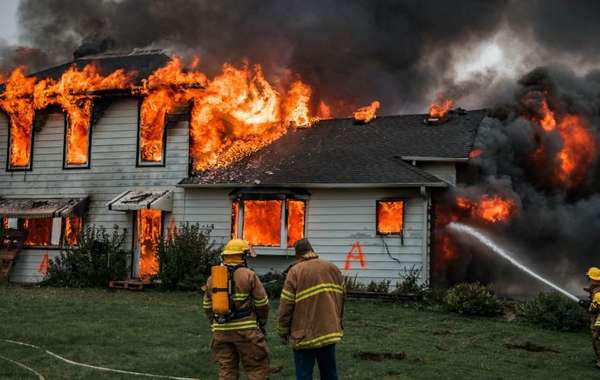

My experience with an ERV, even with a higher rated MERV filter, does not filter out smoke well when the smoke is heavy, as it has been the last few summers here in Oregon. When the smoke is very heavy, we have to shut down the ERV, which leads to CO2 build up in our very airtight home. Is there any way to fit a HEPA filter on the incoming air duct before it goes to the ERV?
Hi Joseph. I'm sorry no one answered your question. You've probably found your answer by now, but if you haven't, the way we do it at our house in Seattle is to use a Merv 16 furnace filter that has activated charcoal. They aren't cheap, but they work pretty well. As you say, not a 100%, but life is much better here than without them. If you have a filter box that's 5" thick, that generally allows for a nice filter with plenty of surface space. If you don't, one can be made or installed for you by an HVAC person. When things are beyond comprehension, we have Oransi brand HEPA clean air purifiers that really do the job. Yes, CO2 builds up without fresh air. It's not a good situation atoll. We sometimes open two opposing windows in the basement to get a cross breeze. It's not ideal, but it brings the CO2 down so we can think again. We monitor the air with an Airthings View Plus. There's no way to describe to anyone that hasn't experienced what we are all going through here unless they live through it. Of course as soon as the wildfires go out, the neighbors decide to start burning wood, once again providing us with a solid stream of gagtrocious sick air. It's becoming unbearable but life outside of our area isn't a lot better regardless, and soon, the whole nation will be burning. We've got to take it one day at a time. Best of luck to you and yours. --Rio